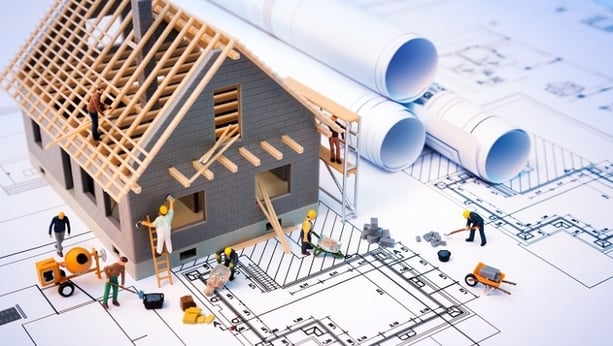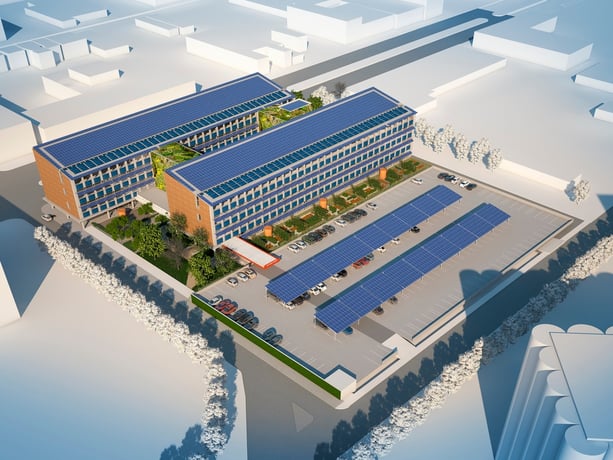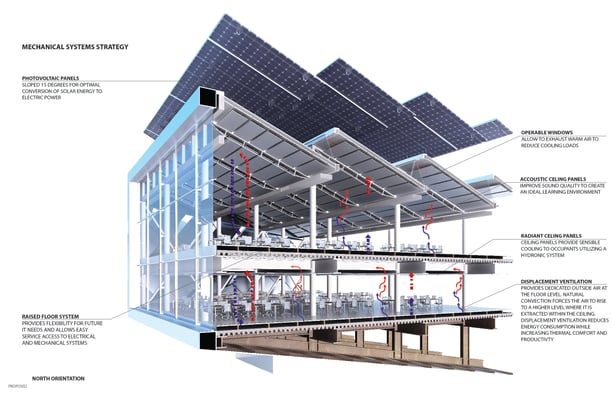Last week, the World Green Building Council (WGBC) announced an ambitious and exciting new project: to ensure that all buildings will be “net zero” by 2050.
The plan, dubbed “Advancing Net Zero,” comes within the aftermath of the Paris Climate Agreement to help deliver a reduction of global greenhouse gas emissions. Terri Wills, WGBC CEO, announced the goals and strategy of the project on Tuesday at the Business and Climate Summit in London.

How Does The Plan Work?
Under Advancing Net Zero, the WGBC will work through Green Building Councils in countries around the world to help develop different strategies for each country. A national net zero certification program will be launched and implemented to all buildings (both constructed and under construction) until all buildings are net zero by 2050.
The economic and environmental benefits would be stunning: buildings would be capable of generating their own clean and renewable energy to meet all of their heating, cooling, lighting, and other electrical needs. They would be independent of electricity grids, their values would increase, and they would produce zero carbon emissions.

But can it really be done? The WGBC knows their work is cut out for this immense project. “Getting down to zero won’t be easy,” Wills says, “This will be a long and challenging road but together with the dedication and expertise of our Green Building Councils and partners, we can create a thriving market for highly efficient buildings and make net zero the new normal.”
Getting Started
The WGBC realized something needed to be done about building energy use after a report came out from the Sustainable Buildings and Climate Initiative of the United Nations Environment Programme. According to the study, buildings use 40 percent of global energy and emit one-third of all greenhouse gas emissions. If building energy use continues at this rate, buildings will be responsible for an additional 6 degrees Celsius of global warming.
Directing all buildings to become net zero by 2050 will end up reducing 84 gigatons of carbon dioxide emissions (the equivalent of not building 22,000 coal-fired power plants) and would help keep global warming within 1.5 - 2 degrees Celsius.

The WGBC identified eight countries to pilot the project: Australia, Brazil, Canada, Germany, India, the Netherlands, South Africa, and Sweden. They were chosen because their building sectors are projected to have the biggest growth within the next 35 years.
The net zero implementation will either be carried out as a standalone program or as an addition to existing green energy programs. Specifically, the project will be targeting all new buildings and major renovations (to be net zero in 2030). The project aims to train 75,000 professionals worldwide on net zero building by 2030, and 300,000 by 2050.
Here at Superior Solar, we can’t wait until the WGBC sets its sights on the United States and neither should you. Raise your home value, get rid of your utility bill, and start saving today. Call us at 407.331.9077 or contact us online. We’d love to help you make the switch to solar.


